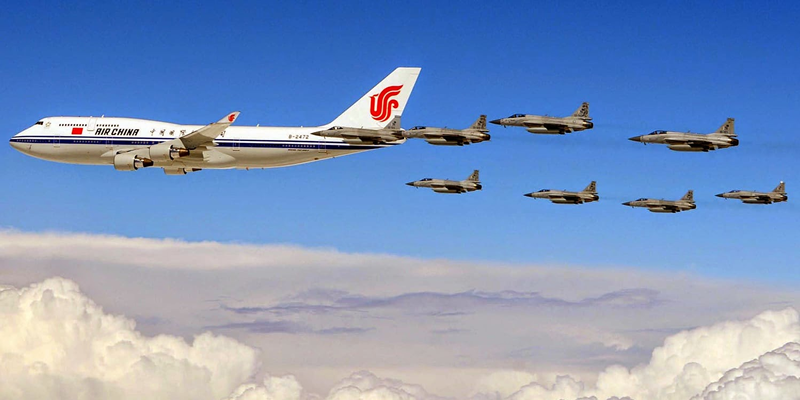We are honored to present this multi-part paper from Andrew Korybko into the emerging New Cold War between China and India. This research will be released over a number of days to facilitate discussion and conversation, with a compiled briefing paper being provided at the end of the series.
- Part I - The Chinese-Indian New Cold War - Background
- Part II - The Chinese-Indian New Cold War - Southeast and South Asia
- Part III - The Chinese-Indian New Cold War - Southeast and South Asia - Part II
- Part IV - The Chinese-Indian New Cold War - Middle East and Central Asia
Theoretical Background
Relations between China and India have been souring over the past year since New Delhi agreed to an unprecedented military-strategic partnership last summer with Washington through LEMOA. The US long planned to use India as its “Lead from Behind” proxy in countering China, hoping to set the two Asian Great Powers against one in the ultimate divide-and-rule strategy of the 21st century.
Just as Washington courted Beijing against Moscow in the Old Cold War, it has revised the strategy with New Delhi against Beijing in the New Cold War. This policy has been largely successful through the US exploiting the Modi-Doval-Hindutva Deep State’s obsessive fear and paranoia over China and Pakistan turning India into the unipolar vanguard against the China-Pakistan Economic Corridor (CPEC), and accordingly, the rest of Beijing’s One Belt One Road (OBOR) global vision of New Silk Road connectivity.
The Indian-Japanese Alliance Against China
India recently announced that it opposes both game-changing ventures on supposed sovereignty violations, relying on a maximalist approach to the Kashmir conflict to “justify” this position. This amounts a declaration of strategic war against China, which in turn can be seen in hindsight as formalizing the New Cold War between them. This indirect competition for influence began to unfold in 2015 and was responsible for the dynamic events which occurred in Nepal, Myanmar, Sri Lanka, and the Maldives at that time, but it now takes a qualitatively different form because India is also teaming up with Japan in order to boost the effectiveness of its efforts.
The two anti-Chinese states have joined forces to develop the “Freedom Corridor,” a Japanese-assisted expansion of India’s proposed “Cotton Road” all across the Indo-Pacific Rimland of Afro-Eurasia, and rival China’s New Silk Road. The name – the “Freedom Corridor” – evokes the type of language commonly employed by the US, further signifying this initiative is in reality an American-inspired proxy strategy for the 21st century. In fact, the Chinese-Indian New Cold War in Afro-Eurasia is a major part of the global New Cold War playing out between the multipolar and unipolar worlds, respectively, but instead of being fought over ideology like the previous one in the last century, this rivalry is over connectivity corridors.




